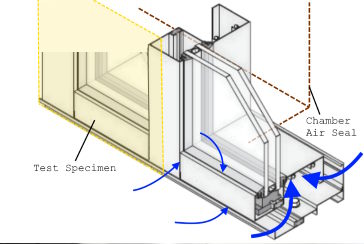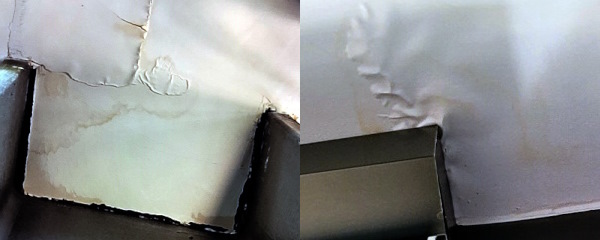
Overview
A mid-rise residential building in the Midwest experienced persistent water infiltration for years, with ceiling stains, warped flooring, and moisture damage reported after every storm. Multiple repair attempts and consultant reports failed to pinpoint a definitive cause, leaving the owners with rising costs and no resolution.
^ Back to Top
Project Challenges
- Multiple prior repair attempts (surface-level sealant fixes) had not addressed the root cause.
- Consultant reports provided extensive analysis but lacked definitive failure point identification.
- Complexity of deficiencies made tracing leak paths difficult without a structured forensic approach.
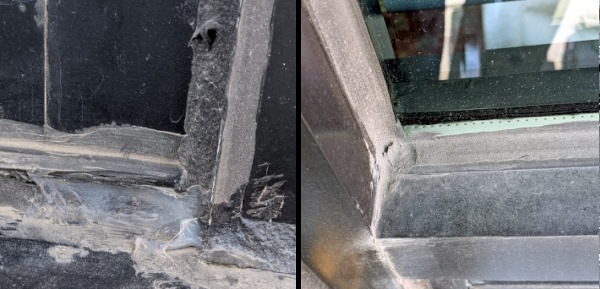
Hightower Labs was engaged to conduct a targeted, forensic leak investigation and provide actionable recommendations.
^ Back to Top

HTL's Investigation Approach
HTL's methodology goes beyond general observations—we focus on precise failure identification and structured diagnostic analysis. Our process included:
- Forensic testing using controlled exposure and pressure analysis to isolate leak sources across multiple failure pathways.
- Systematic review of design documents, shop drawings, and prior investigative reports to contextualize findings.
- Non-destructive testing (when feasible) to assess failure points without unnecessary demolition.
- Legally defensible reporting, providing a clear, structured summary of findings and remediation options.
^ Back to Top
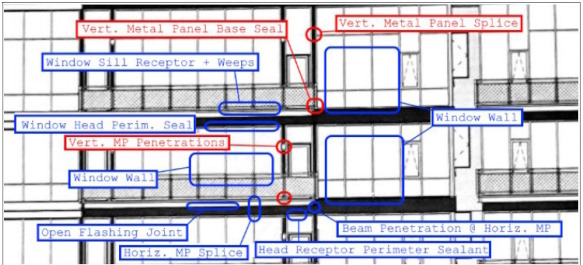
Findings: What Caused the Window, Roof, Ceiling, and Wall Leaks?
Subsill Flashing Deficiency
- The existing flashing below the storefront framing failed to function as a true barrier, allowing water to enter the structure -- a common failure mode in similar envelope designs.
Backup Wall Membrane Breakdown
- The weather-resistant membrane behind the metal panel cladding had failed, compromising its role as the primary barrier within the envelope system.
- Without a functional water-resistive barrier, any water breaching the outer cladding had a direct migration path into subfloors, walls, and ceilings.
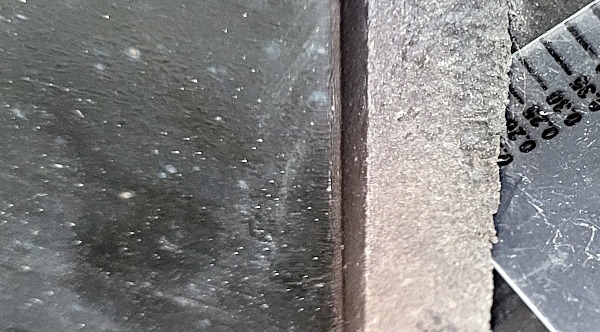
Sealant & Penetration Failures
- The primary barrier (backup wall membrane) had failed, forcing weatherseal sealants to function as the critical first line of defense instead of a secondary protection layer shielding the true barrier.
- Unsealed fixture penetrations, open splice joints, and deteriorating perimeter and weatherseal sealants (adhesive failure as shown in the above image) allowed water entry with every rain event.
^ Back to Top
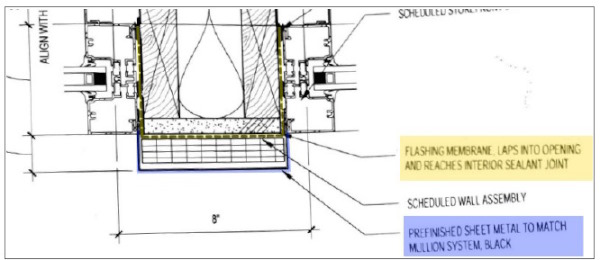
Following HTL's findings, a contractor implemented targeted repairs based on our clear, actionable recommendations.
- Leak paths were traced with precision, eliminating guesswork.
- Root-cause deficiencies were addressed, preventing recurring failures.
- Since remediation, the leaks have not returned.
By identifying exact failure mechanisms, HTL provided a cost-effective resolution, ensuring owners avoided unnecessary full-system replacements and preserved the long-term integrity of the building envelope.
^ Back to Top
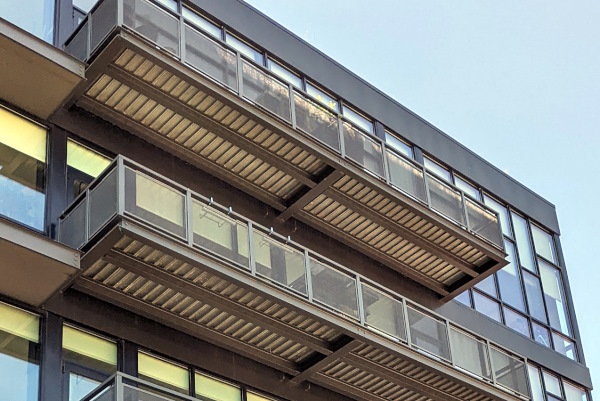
Why Hightower Labs?
At Hightower Labs, we don’t just document leaks—we find the root cause of window leaks, roof leaks, and ceiling water intrusion. Many leak investigations produce lengthy reports that describe symptoms without identifying why water is entering walls, ceilings, and roofs. Our forensic building envelope analysis ensures precise diagnostics and a clear remediation path that stops persistent leaks in windows, walls, and roofs—permanently.
With thousands of hours of leak investigation experience, we have developed a systematic process that ensures clarity, accuracy, and efficiency. We provide legally defensible, technically sound reports that allow building owners, engineers, and contractors to make informed, cost-effective remediation decisions. Whether through non-destructive testing, controlled exposure methods, or deep analysis of existing documentation, our expertise leads to precise recommendations that prevent unnecessary repairs and long-term maintenance headaches.
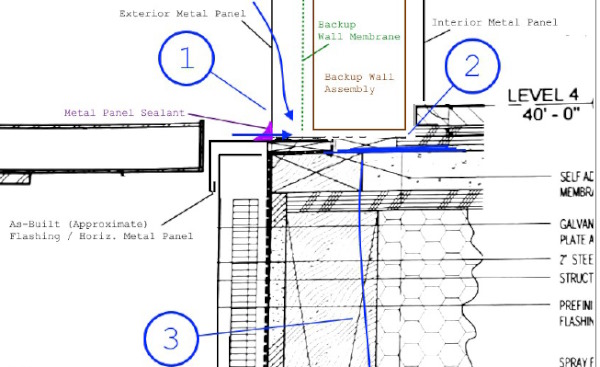
When persistent leaks threaten your building's performance and longevity, you need more than another inconclusive report-you need a trusted expert to deliver real answers. Hightower Labs provides clarity, confidence, and a direct path to resolution.
- Eliminating uncertainty through structured forensic analysis.
- Providing actionable, legally defensible reporting - not just lengthy narratives.
- Ensuring targeted, high-impact repairs & no unnecessary costs.
Persistent leaks demand real solutions. Contact Hightower Labs for expert leak investigation & building envelope consulting.
^ Back to Top










